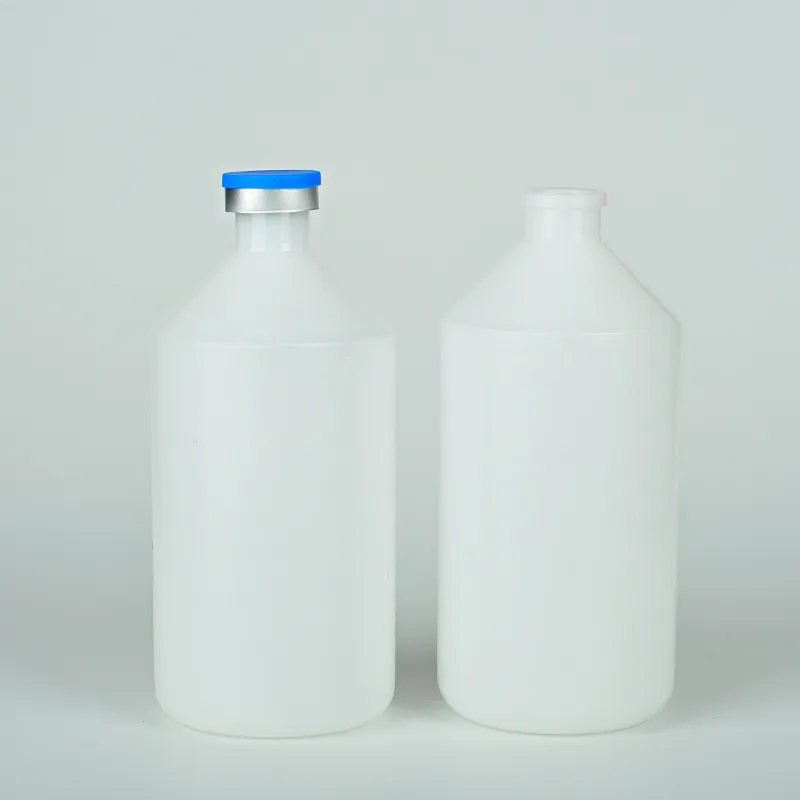
-
 Afrikaans
Afrikaans -
 Albanian
Albanian -
 Amharic
Amharic -
 Arabic
Arabic -
 Armenian
Armenian -
 Azerbaijani
Azerbaijani -
 Basque
Basque -
 Belarusian
Belarusian -
 Bengali
Bengali -
 Bosnian
Bosnian -
 Bulgarian
Bulgarian -
 Catalan
Catalan -
 Cebuano
Cebuano -
 Corsican
Corsican -
 Croatian
Croatian -
 Czech
Czech -
 Danish
Danish -
 Dutch
Dutch -
 English
English -
 Esperanto
Esperanto -
 Estonian
Estonian -
 Finnish
Finnish -
 French
French -
 Frisian
Frisian -
 Galician
Galician -
 Georgian
Georgian -
 German
German -
 Greek
Greek -
 Gujarati
Gujarati -
 Haitian Creole
Haitian Creole -
 hausa
hausa -
 hawaiian
hawaiian -
 Hebrew
Hebrew -
 Hindi
Hindi -
 Miao
Miao -
 Hungarian
Hungarian -
 Icelandic
Icelandic -
 igbo
igbo -
 Indonesian
Indonesian -
 irish
irish -
 Italian
Italian -
 Japanese
Japanese -
 Javanese
Javanese -
 Kannada
Kannada -
 kazakh
kazakh -
 Khmer
Khmer -
 Rwandese
Rwandese -
 Korean
Korean -
 Kurdish
Kurdish -
 Kyrgyz
Kyrgyz -
 Lao
Lao -
 Latin
Latin -
 Latvian
Latvian -
 Lithuanian
Lithuanian -
 Luxembourgish
Luxembourgish -
 Macedonian
Macedonian -
 Malgashi
Malgashi -
 Malay
Malay -
 Malayalam
Malayalam -
 Maltese
Maltese -
 Maori
Maori -
 Marathi
Marathi -
 Mongolian
Mongolian -
 Myanmar
Myanmar -
 Nepali
Nepali -
 Norwegian
Norwegian -
 Norwegian
Norwegian -
 Occitan
Occitan -
 Pashto
Pashto -
 Persian
Persian -
 Polish
Polish -
 Portuguese
Portuguese -
 Punjabi
Punjabi -
 Romanian
Romanian -
 Russian
Russian -
 Samoan
Samoan -
 Scottish Gaelic
Scottish Gaelic -
 Serbian
Serbian -
 Sesotho
Sesotho -
 Shona
Shona -
 Sindhi
Sindhi -
 Sinhala
Sinhala -
 Slovak
Slovak -
 Slovenian
Slovenian -
 Somali
Somali -
 Spanish
Spanish -
 Sundanese
Sundanese -
 Swahili
Swahili -
 Swedish
Swedish -
 Tagalog
Tagalog -
 Tajik
Tajik -
 Tamil
Tamil -
 Tatar
Tatar -
 Telugu
Telugu -
 Thai
Thai -
 Turkish
Turkish -
 Turkmen
Turkmen -
 Ukrainian
Ukrainian -
 Urdu
Urdu -
 Uighur
Uighur -
 Uzbek
Uzbek -
 Vietnamese
Vietnamese -
 Welsh
Welsh -
 Bantu
Bantu -
 Yiddish
Yiddish -
 Yoruba
Yoruba -
 Zulu
Zulu
sample tubes rb 2 ml
Exploring the Utility of Sample Tubes in Laboratory Settings
Sample tubes, specifically the RB 2 ml variety, have become indispensable tools in various laboratory environments. These small yet incredibly functional containers are designed to hold and preserve biological, chemical, or environmental samples for a myriad of analyses and experiments. Understanding the significance of these tubes and their applications can shed light on their vital role in scientific research and diagnostics.
Exploring the Utility of Sample Tubes in Laboratory Settings
In the field of biochemistry and molecular biology, these sample tubes are often used for storing reagents, enzymes, and other critical materials needed for various assays. Their compatibility with a wide range of temperatures allows researchers to store sensitive samples in refrigerated or even freezing conditions without the threat of breakage or degradation. This resilience is particularly important when handling biological samples such as DNA, RNA, or proteins that can easily lose their functionality if not stored correctly.
sample tubes rb 2 ml

Moreover, RB 2 ml sample tubes are designed with specific labeling areas, enabling easy identification and tracking of samples. This feature is vital in high-volume laboratories where multiple samples are processed simultaneously. Having a clear labeling system helps streamline workflows and reduces the chances of mislabeling, which can lead to erroneous results and wasted resources. The ability to easily organize and retrieve samples further enhances efficiency in lab operations.
In addition to their practical advantages, RB 2 ml sample tubes are often designed with features that facilitate automated processes. In many modern laboratories, automation is key to improving throughput and reducing human error. Sample tubes can be designed to fit automated pipetting systems, robotic handling, and even high-throughput screening applications. The incorporation of such technologies significantly accelerates research timelines and enhances reproducibility, a cornerstone of scientific investigation.
Environmental considerations are becoming increasingly important in laboratory settings, and many manufacturers are responding by producing RB 2 ml sample tubes from recyclable or biodegradable materials. This shift towards sustainability not only helps laboratories reduce their environmental footprint but also aligns with global efforts to manage plastic waste more effectively. Switching to eco-friendly sample tubes can be a simple yet impactful measure for laboratories aiming to adopt greener practices.
In conclusion, the RB 2 ml sample tube serves multifaceted purposes across various scientific disciplines. Its compact size, secure sealing, compatibility with automation, and environmentally friendly options make it a preferred choice for researchers and laboratory technicians alike. As laboratories continue to evolve with advancements in technology and a growing emphasis on sustainability, the role of sample tubes will undoubtedly expand, paving the way for innovative applications in science. The importance of these small vessels cannot be underestimated; they are indeed a linchpin in the meticulous world of scientific research.
-
Premium Metal Dropper Bottle for Precise Dispensing 250ml & 1ml Options AvailableNewsJul.04,2025
-
20 ml Headspace Vials - High Quality Polyethylene & Plastic Vials for Lab UseNewsJul.04,2025
-
Small Bottle with Pipette - Precise Dispensing 100ml Pipette Bottles for Essential Oils & Lab UseNewsJun.24,2025
-
Acetic Anhydride Bottle for Accurate Dropper Measurement in Pharmacy Use High-Quality Dropper BottlesNewsJun.10,2025
-
Innovative PET Bottle Design for Juice – Unique Shapes & Customization OptionsNewsJun.10,2025
-
20 Pack Sterilized Petri Dishes – Assorted Sizes, High Quality Small Plastic Petri Dishes for Lab UseNewsJun.10,2025






















